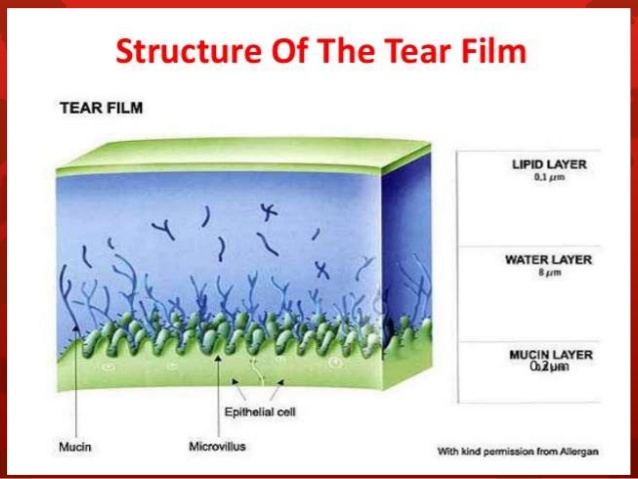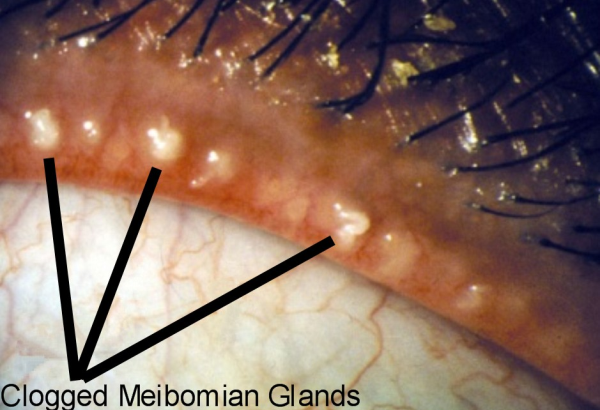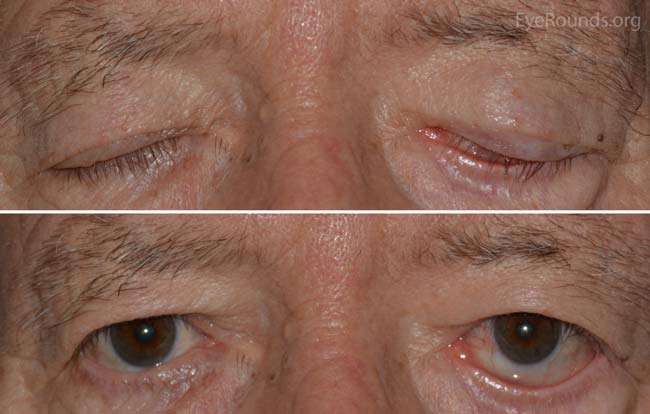By Ms Leong Jing Ying
Many people always wondered what is dry eye and what causes it. In simple terms, dry eyes occur when the eyes does not produce enough tears, or when the tears are not of the right consistency, thus evaporating too quickly.
So what is the importance of a tear film?
- Tears help to protect our eyes from foreign bodies which may cause inflammation and even infection.
- Tears can also help to keep our cornea well-lubricated.
- Tears help to provide nutrients to the eye.
- Tears refract light, without it, images we see will not be crisp and clear.
Symptoms
- Burning sensation
- Itchy eyes
- Heavy eyes
- Sensitive to light
- Blurred vision
- Gritty sensation
Diagnosis
In addition to your symptoms, Your optometrist or ophthalmologist can conduct these tests to better classify your dry eyes,
A) Tear Break Up Time
A non invasive measurement of how fast your tears evaporate with the aid of a yellow dye
B) Schirmer’s / Phenol red thread test/Tear Prism
A test of the volume of tears in your eyes.
C) Meibomian gland assessment
A visual assessment of the meibomian glands along your lid margins using a slit lamp biomicroscope.
Mechanism of dry eyes
There are many causes of dry eyes. The common ones are our lacrimal glands being unable to produce enough of “water” and/or inflammation of the meibomian glands can cause our tears to become oily therefore fasten the evaporation of our tears.
Our Tear Film
Our tear film has three layers – Lipid, aqueous, mucin.

Lipid Layer
- Lipid layer of the tear film is being produced by the Meibomian glands.
- A lipid layer is oily stuff that sits on top of your watery tears so as to keep it from evaporating.
- Without the lipid layer, the tears would evaporate and eyes will feel dry.
- Many dry eye sufferers have glands that are clogged up, this complication is known as Evaporative Dry Eye

Aqueous Layer
- It is being secreted by the lacrimal glands.
- It makes up the watery layer commonly known as tears – contains water and proteins.
Mucus Layer
- It works as an anchor to hold the tear film to the eye as it coats the cornea and allow an even distribution
Factors that exacerbate dry eyes
- Computer usage
- Contact lens wear
- Aging
- Places with high humidity, or even being under windy or air-conditioned areas
- Frequent flying as cabins of airplanes can be extremely dry
- Smoking
- Certain medications can increase risk of dry eyes
- Incomplete and infrequent blinking
- Incomplete closure of eyes whilst sleeping

Treatment:
Non-medical
- Using of eye lubricants. Many different formulations exist. Ask your optometrist for recommendations. What has worked for your friend may not work for you.
- Maintaining good lid hygiene by using lid scrubs and/or warm compresses
- If due to contact lens wear, reduce lens wearing time or by changing to a better lens material.
- Increasing your dietary intake of Omega 3
- Taping of the eyelids shut with surgical tapes when sleeping at night
- Using of air humidifier
Medical (Requires visit to an ophthalmologist)
- Using of cyclosporine (eg Restasis) is thought to calm down inflammation in dry eyes, hence increasing the eye’s ability to produce tears
- Plug drainage holes at the inner corners of the eyelids to allow the tears to stay in the eye for a longer period of time.
If you are suffering from dry eyes, check with your optometrist and he/she will be able to help you.